Porsche made a solid start to their 2017 WEC campaign, when the #2 LMP1 919 Hybrid (Bernhard/Bamber/Hartley) finished second in the top class followed by the #1 car in third place (Jani/Lotterer/Tandy). On the podium in the GTE Pro class, was the #91 RSR of Richard Lietz/Fred Makowiecki, when they claimed third spot in class. Porsche also scored a third-place finish in the GTE Am class with the # 77 Dempsey-Proton Racing 91 RSR (2016) Ried/Cairoli/Dienst edging out the #86 Gulf Racing RSR of Wainwright/Barker/Foster. This set of results gives Porsche a solid start for the season.
Although the Stuttgart manufacturer did not walk away from the Northampton circuit with a victory in any of the three classes, it did score points in all of the classes in which it competed.
Unpacking the whole weekend, there are a lot of positives for Porsche to take away from this first race. If you take for example the first year of Ford’s new GT, the first few races in WEC were somewhat tentative, but everyone willed the cars on to do well – and eventually they did, almost scoring a whitewash at Le Mans in 2016. And so too, the new 911 RSRs will come good because Porsches always do, they were made to race.
Talking to the drivers during the ‘meet the team’ on Saturday afternoon, the overwhelming feeling was that the new 911 RSR is a very good car. Take for instance the final qualifying grid. The two RSRs were seventh (#91) and eighth (#92), so right at the tail end of the GTE Pro pack. There was a rational explanation for this, as it was put to me by Dr. Frank-Steffen Walliser, Vice President of Motorsport at Porsche AG. With only four sets of tyres per race which includes qualifying, they were more concerned with preserving their rubber for the race. According to Walliser and the drivers, the new 911 RSR (with its engine ahead of the rear axle) is kinder to its tyres that the model that it replaced, so we can expect good things from these cars in the future.
And so, to the race itself. The 27 starters rumbled around the Silverstone circuit just a couple of minutes before the noon start, and as they approached the start line and the lights went green, around 17,000bhp erupted into action. The two Toyotas led the way (as expected) followed closely by the two 919 Porsches. But therein lies another story, because by their own admission, Porsche opted for the less competitive low downforce aero package at Silverstone, while Toyota deployed the better suited high downforce package on their cars. So, the 919s were always going to be taking the fight to Toyota, but the aim was for Porsche to test this aero package for the races that follow later in the year, most notably the 24 Hours of Le Mans in June. If truth be told, the 919s were never that far behind the Toyotas in track position, which leaves one with positive feeling for the rest of the season.
Starting in seventh and eighth in class, the two RSRs held station and steadily crept up the order. In his pursuit of the leader, Makowiecki (#91) didn’t let the first drops of rain halt his charge and after 26 laps, he snatched the lead for the first time, which he then had to reclaim again and again over the course of the race. After two hours, he handed the 911 RSR to his teammate Richard Lietz. In the #92 vehicle, Kévin Estre took the wheel and continued to chase down the front group, however, at just past the halfway mark he had to park his 911 RSR at Luffield as a technical problem caused the car to burst into flames.
Makowiecki though, seemed like a man on a mission during the race, an attitude detected during my interview with him on Saturday. When the safety car was deployed two hours before the finish, he took over driving duties from Richard Lietz and promptly turned the fastest lap of the race. With one hour and twelve minutes to go, he pulled into the pits as the leader for a splash-and-dash of fuel. Since his rivals had already made their final pit stops at this stage, Makowiecki returned to the race action in fourth, but in a breath-taking final push in the final laps, he managed to snatch third.
For the LMP1 Porsches, it was no less frenetic, as the #7 Toyota had left the track during the light rain and ploughed into the tyre wall at Copse at high speed. Fortunately the driver, José María López was uninjured, and he deserves high praise for getting the car back to the pits to be repaired and re-entering the race, although now well down. In the final half hour, and with the #2 Porsche driven by Brendon Hartley in the lead, he was hauled in and overtaken in a daring move by Sébastien Buemi in the #8 Toyota. This surge by the Toyota was made easier by the more suitable aero package that they were running. But Porsche must surely take away many positives from this race with both cars finishing strongly, and both scoring points.
At this point, it is not known what caused the fire in the #92 RSR, but no doubt the problem will be sorted for the next race. The #91 car certainly showed what the new RSR is capable of and this bodes well for the rest of the season.
In the GTE Am camp, the #77 911 RSR campaigned by the customer squad Dempsey Proton Racing, the Porsche Young Professional Matteo Cairoli joined forces with his German teammates Christian Ried and Marvin Dienst to claim third place after a dramatic final lap. In fourth place was the #86 Gulf Racing 911 RSR of Michael Wainwright/Ben Barker/Nick Foster.
The next race on the 2017 WEC calendar will be the 6 Hours of Spa-Francorchamps from 4-6 May.
Written by: Glen Smale
Images by: Virtual Motorpix/Glen Smale & John Mountney


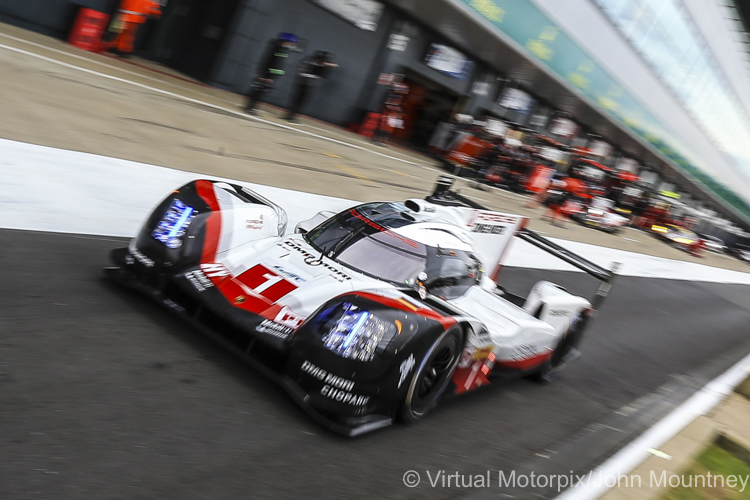

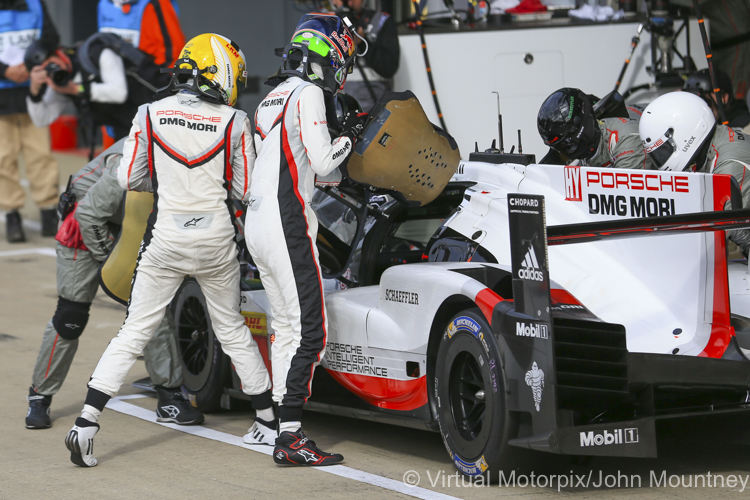
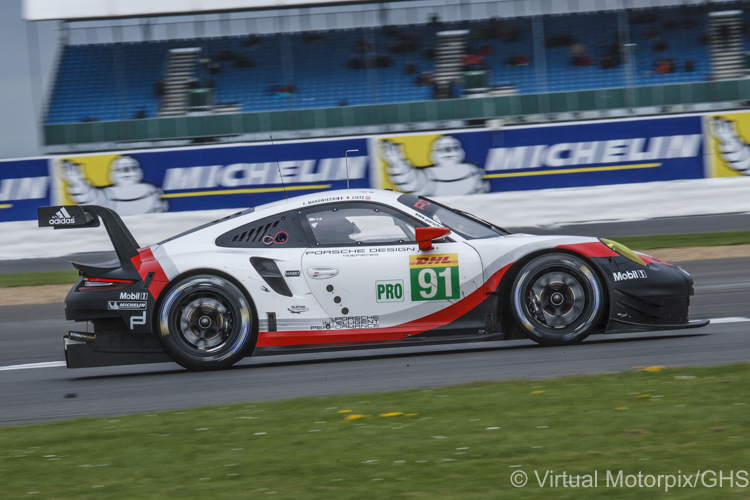
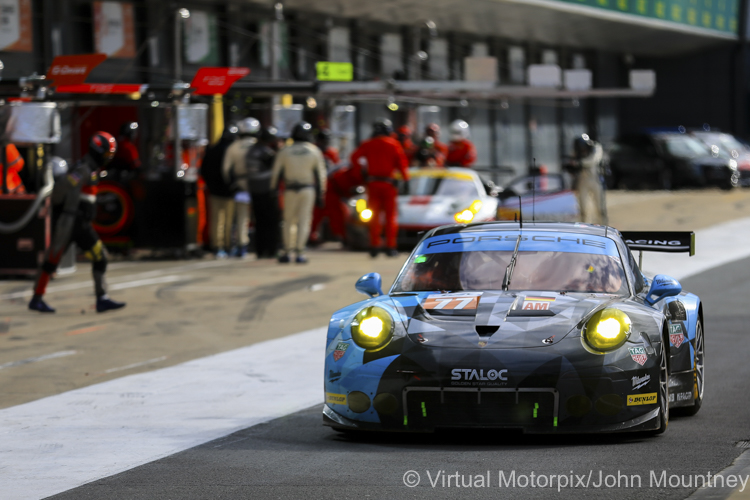
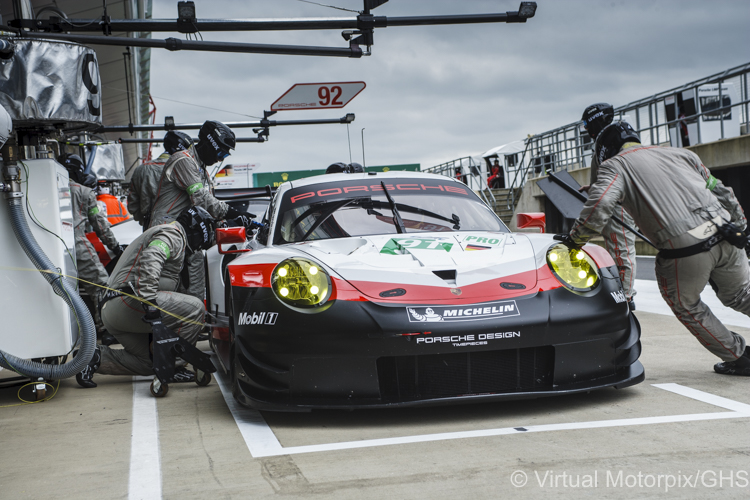
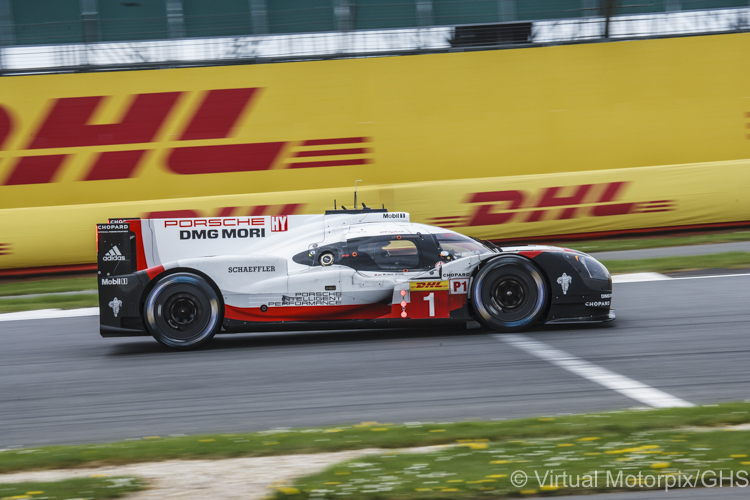
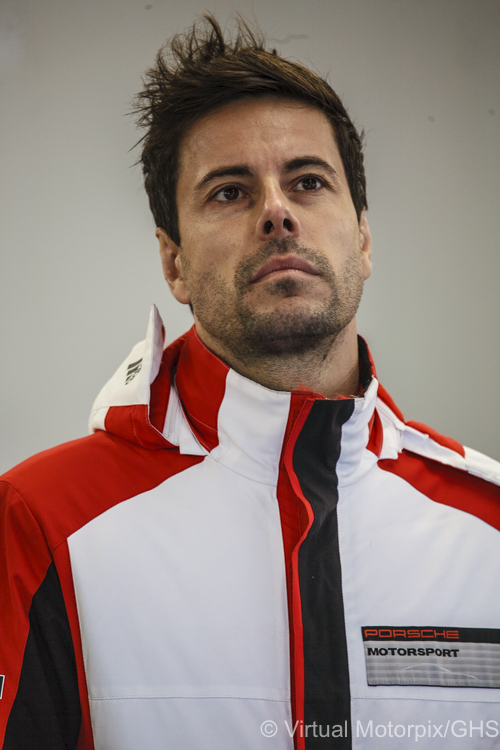
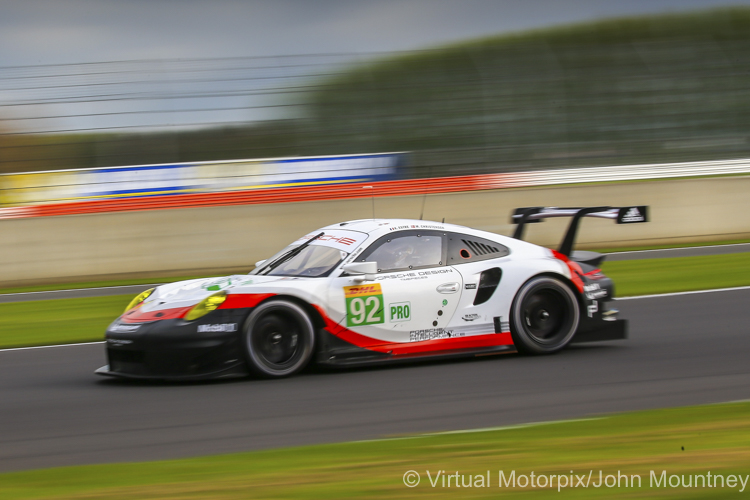
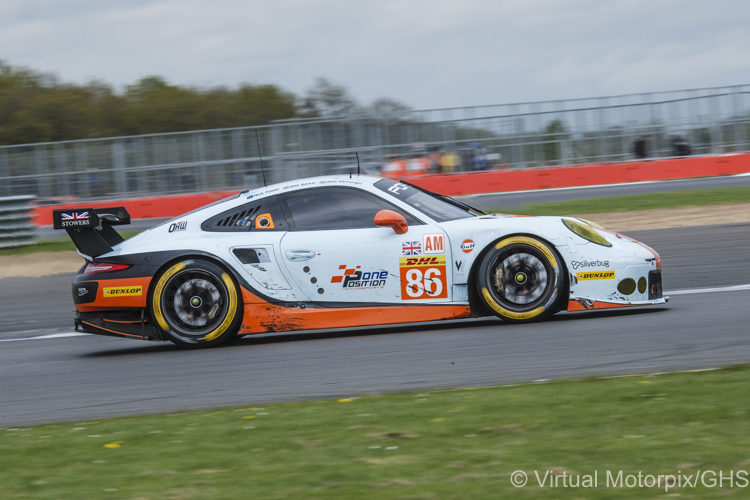
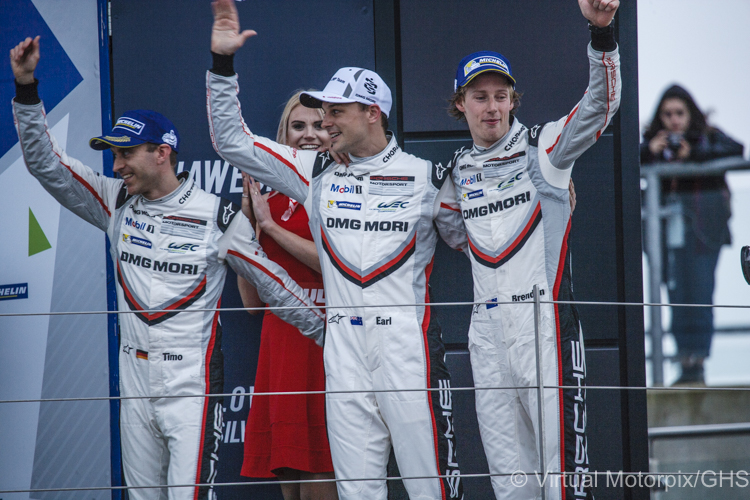
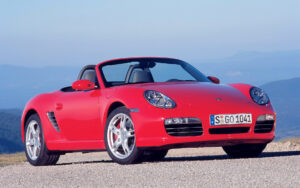
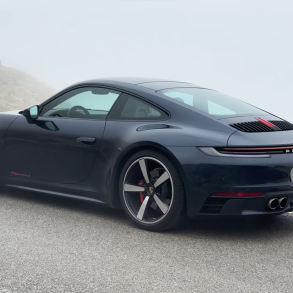
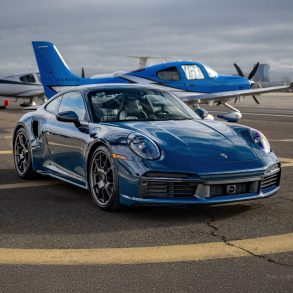
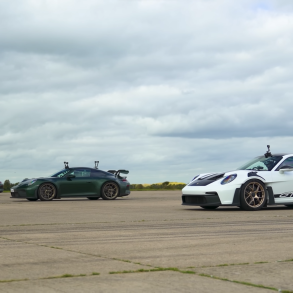
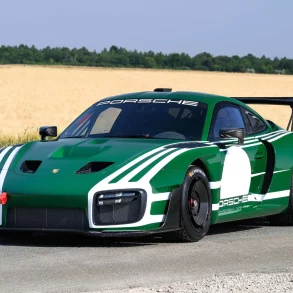
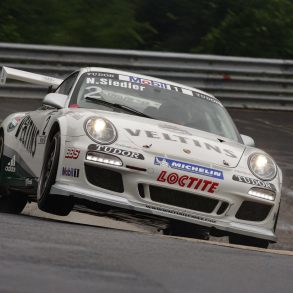
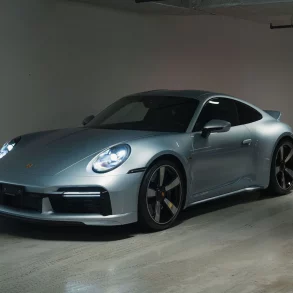
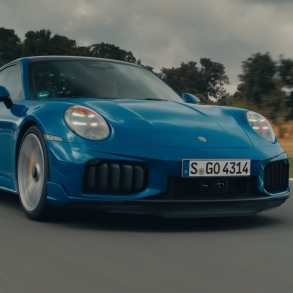
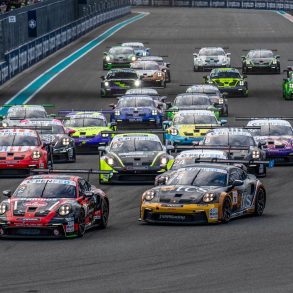

Thanks for the Report, Glen ! I especially liked the video embedded with the highlights – very nice.
0